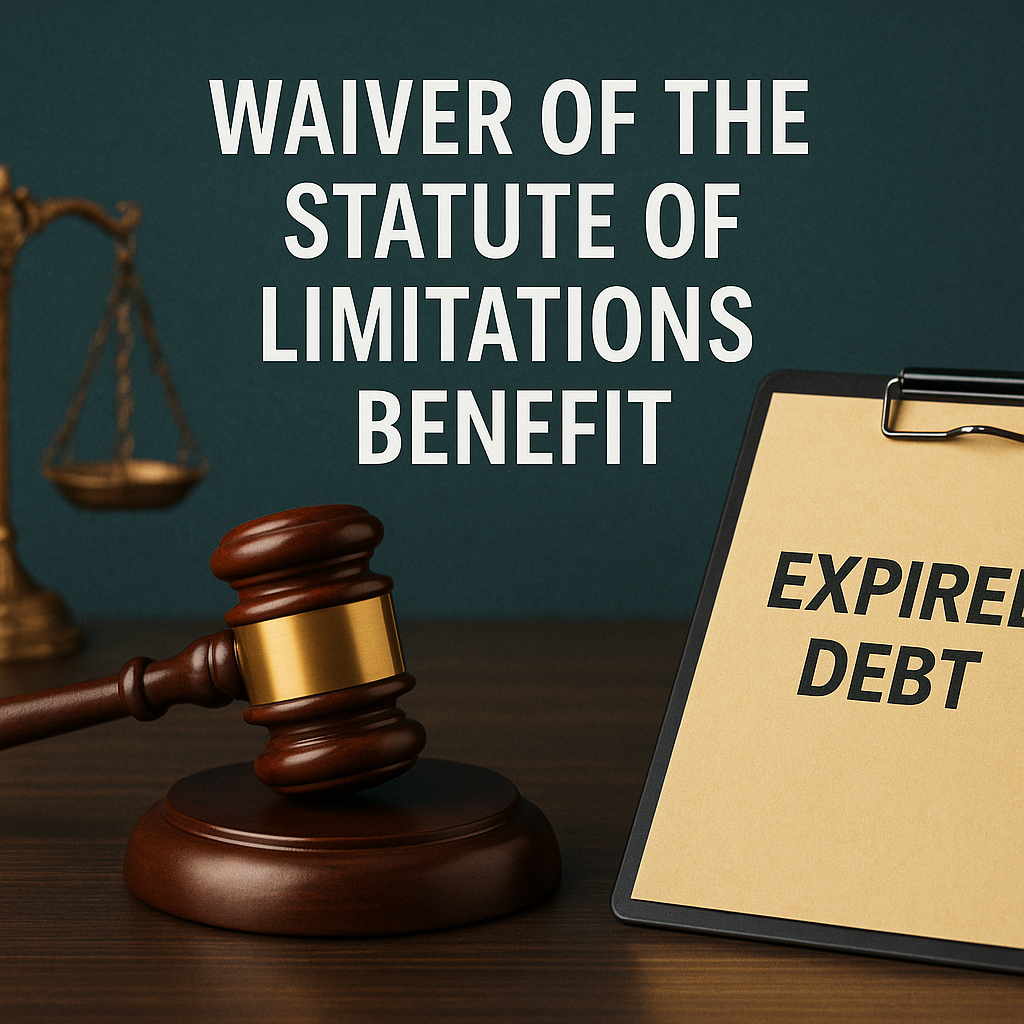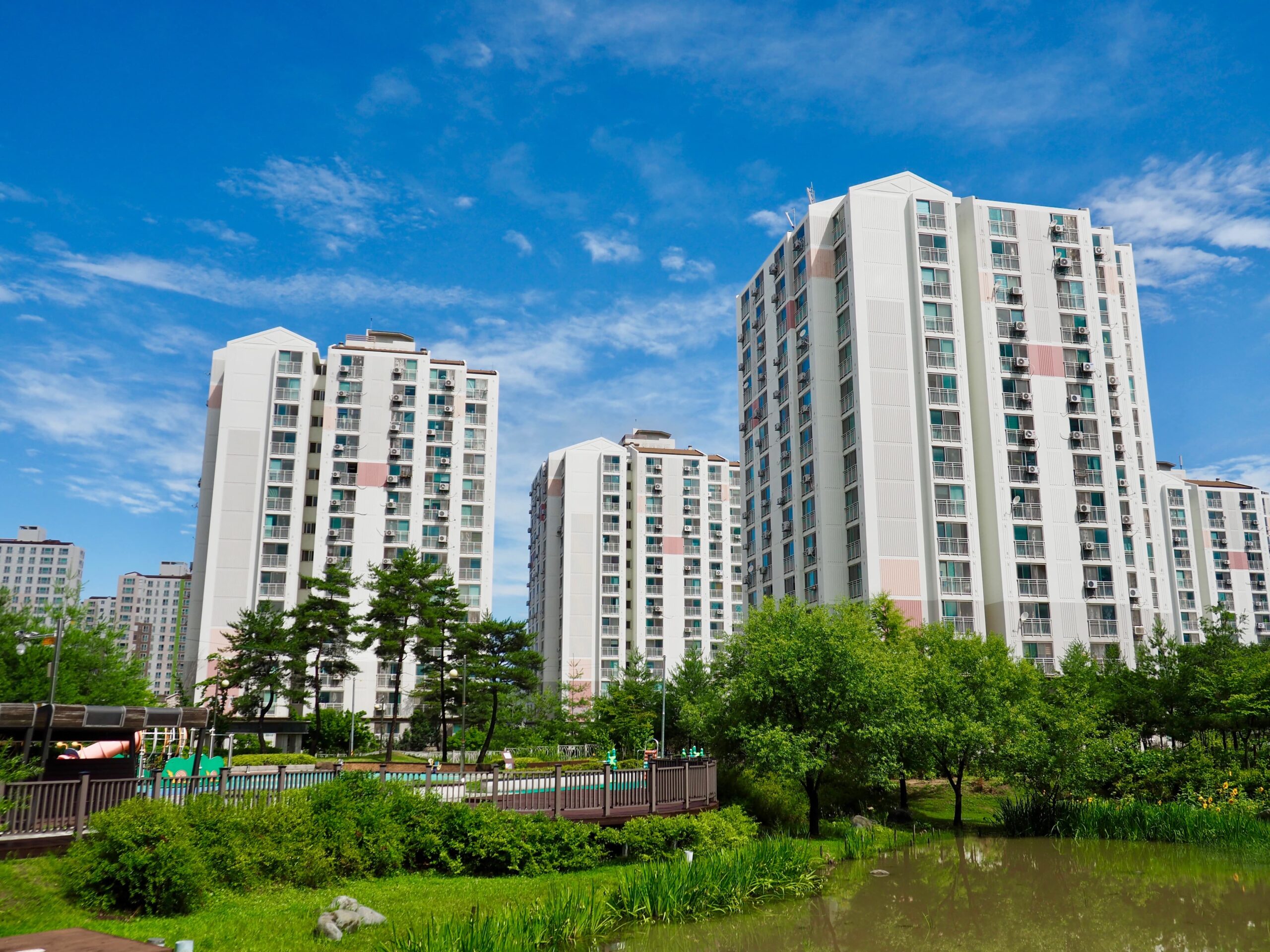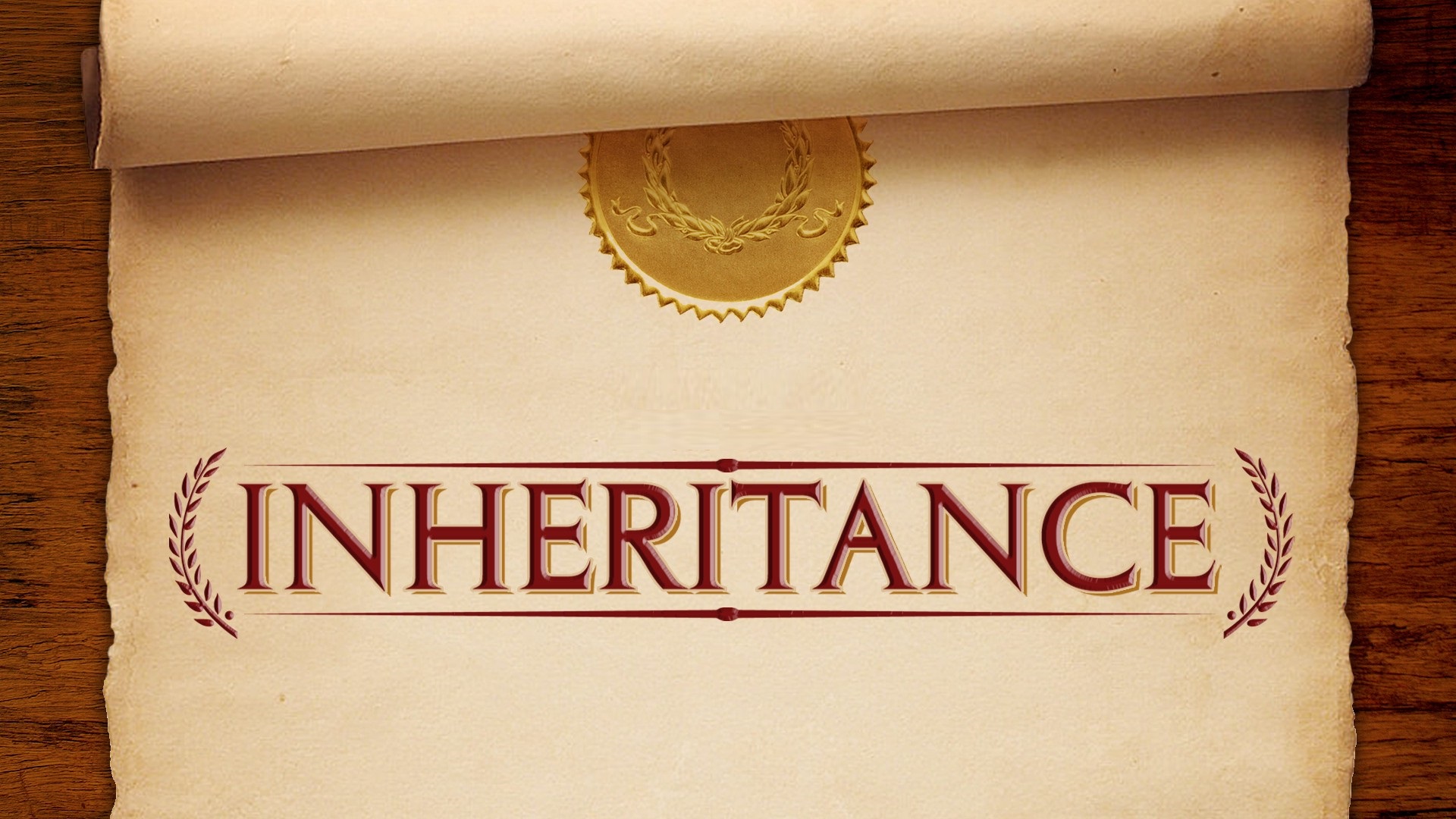Understanding the Statute of Limitations in Korean Civil Law
In Korean civil law, the concept of “statute of limitations” (소멸시효) plays a critical role in determining the duration within which a right can be exercised. If a right is not exercised for a certain period, the statute of limitations can extinguish that right, effectively barring any legal action to enforce it.

What is the Statute of Limitations?
The statute of limitations is a legal doctrine that prevents a right-holder from enforcing their rights if they have failed to do so within a specified period. This concept is based on the idea that “those who sleep on their rights”—a common phrase in legal circles—do not deserve the law’s protection. Moreover, if a right is not exercised for a long period, it becomes difficult to prove or recreate past legal relationships due to the potential loss of evidence.
While the statute of limitations and the concept of a “preclusion period” both result in the loss of a right if not exercised within a certain period, they differ in aspects such as retroactivity, interruption, suspension, invocation, and waiver of benefits.
Rights Subject to the Statute of Limitations
The statute of limitations applies to all property rights except for claims and ownership rights. Therefore, ownership, possession, security rights, non-property rights, neighboring rights, and formation rights are not subject to the statute of limitations.
Interruption of the statute of limitations can occur due to certain actions such as filing a claim, attachment, provisional seizure, provisional disposition, or acknowledgment. When the statute of limitations is interrupted, the elapsed period becomes null and void, and the statute of limitations starts anew from the time conditions are met again.
Suspension of the statute of limitations can occur for reasons such as incapacity, dissolution of marriage, inheritance, natural disasters, or other extraordinary circumstances. When the statute of limitations is suspended, the elapsed period remains valid, but the remaining period continues to run once the suspension ends.
Periods of the Statute of Limitations
In everyday life, the statute of limitations primarily applies to claims. There are cases where debtors exploit the statute of limitations by delaying payments with various excuses, hoping the statute will eventually run out. Below are some of the key limitation periods in Korean civil law:
1. General Claims – 10 Years
The statute of limitations for general civil claims is 10 years. For example, if a debtor borrowed money from a creditor (and the repayment period has been set), the creditor’s claim would expire after 10 years from the due date, and the debtor would no longer be obligated to fulfill the debt.
However, claims arising from commercial activities (property transactions related to business activities) are subject to a 5-year statute of limitations.
2. Short-Term Statute of Limitations – 3 Years
The Civil Act specifies a “3-year short-term statute of limitations” for the following seven types of rights:
- Claims for interest, support payments, wages, rent, or other payments due within one year.
- Claims related to medical treatment, labor, or dispensing by doctors, midwives, nurses, and pharmacists.
- Claims related to construction work for contractors, engineers, or those involved in the design or supervision of construction work.
- Claims for the return of documents held by attorneys, patent attorneys, notaries, certified public accountants, and judicial scriveners.
- Claims related to the duties of attorneys, patent attorneys, notaries, certified public accountants, and judicial scriveners.
- Claims for the price of goods or products sold by producers and merchants.
- Claims related to the business of artisans and manufacturers.
3. Short-Term Statute of Limitations – 1 Year
The Civil Act also provides a “1-year short-term statute of limitations” for the following four types of rights:
- Claims for accommodation fees, food and beverage charges, seat fees, admission fees, and charges for consumables at inns, restaurants, banquet halls, and entertainment venues.
- Claims for the use of movable property such as clothing, bedding, and furniture.
- Claims for wages for laborers and performers and payment for goods supplied to them.
- Claims by educators, boarding house owners, and teachers for education, food, and accommodation.
4. Statute of Limitations for Other Property Rights
Property rights other than claims and ownership will be extinguished if they are not exercised for 20 years.
5. Statute of Limitations for Claims Confirmed by Judgment
For claims confirmed by a court judgment, even if they are subject to a “short-term statute of limitations,” the statute of limitations is extended to 10 years. This also applies to claims confirmed through bankruptcy proceedings, judicial settlements, conciliation, or other processes with the same effect as a judgment. However, this does not apply to claims that are not due at the time the judgment is confirmed. This rule means that even if a claim is subject to a short-term statute of limitations, once it has received a final judgment, the statute of limitations becomes 10 years. It does not shorten a longer statute of limitations to 10 years, nor does it subject a right not originally under the statute of limitations to a 10-year period.
Reasons for Interruption of the Statute of Limitations
Because a creditor cannot enforce a claim once the statute of limitations has passed, it is crucial to act within the limitation period. However, creditors can interrupt the statute of limitations by taking certain legal actions.
Generally, the statute of limitations for a claim is interrupted when the creditor files a lawsuit, or conversely, when the creditor responds to the debtor’s lawsuit to confirm the “non-existence of debt” (from the time of filing to the time of final judgment). However, if the lawsuit is dismissed, the statute of limitations is not interrupted.
More specifically:
- Filing a Claim: This generally refers to the filing of a lawsuit but may also include applications for payment orders, summons for reconciliation, voluntary appearance, or bankruptcy proceedings. However, if the lawsuit is not followed up with strong interruptive actions such as filing for an order of payment within six months of a simple demand, the effect of the interruption is lost.
- Attachment/Provisional Seizure/Provisional Disposition: The statute of limitations is suspended until the attachment process is complete. However, if the execution is withdrawn or canceled, the effect of the interruption is lost. Provisional seizure or provisional disposition also has the effect of suspending the statute of limitations until the process is complete. If canceled at the debtor’s request or due to a violation of the law without moving to full execution, the effect of the interruption is lost.
- Acknowledgment: If the party benefiting from the statute of limitations (e.g., the debtor) indicates to the party who has lost the right (e.g., the creditor) that they acknowledge the right, this also has the effect of interrupting the statute of limitations.
Understanding the nuances of the statute of limitations in Korean civil law is essential for both creditors and debtors to ensure their rights are properly protected or exercised in a timely manner.
Written by Simon Lee, Founding Partner at Pureum Law Office
simon@pureumlawoffice.com



